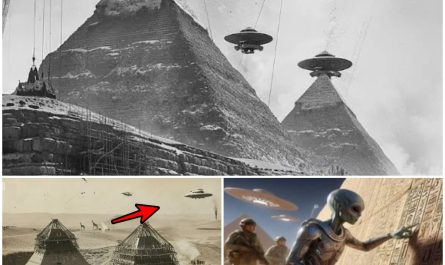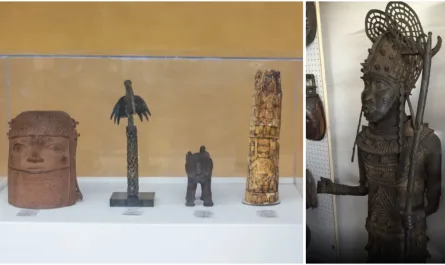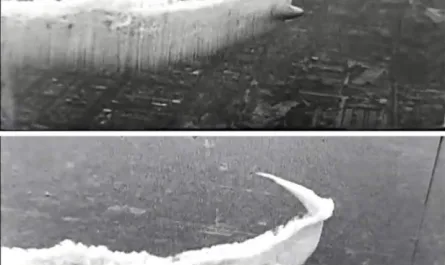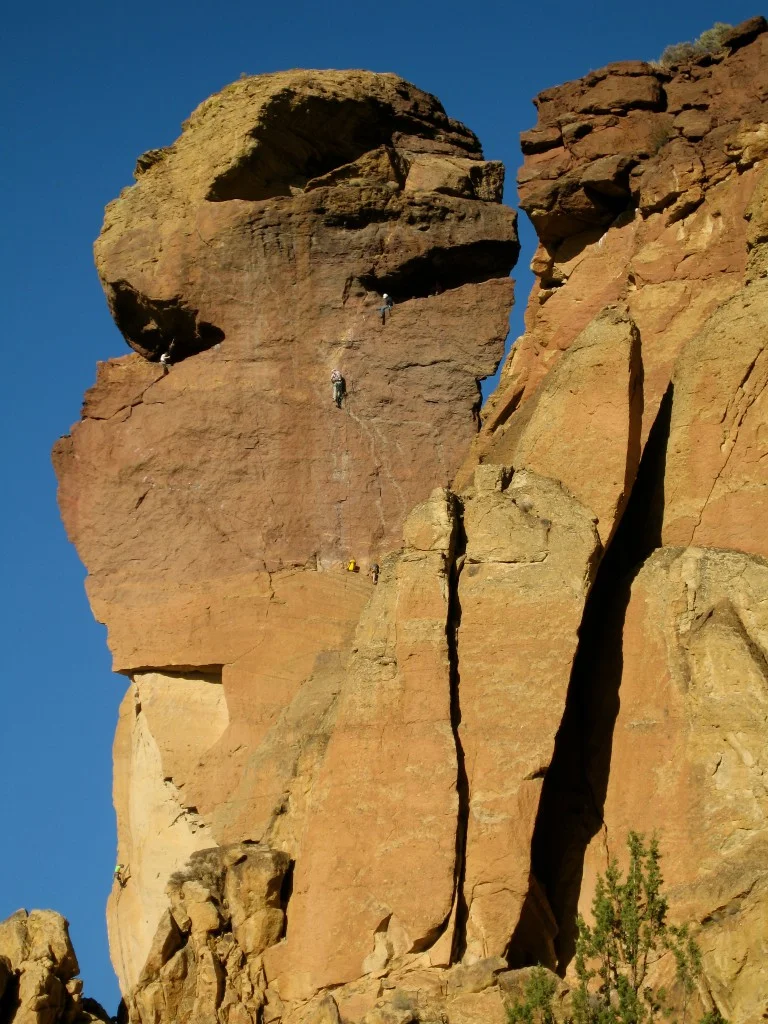
Jutting 350 feet into the sky above Oregon’s high desert, Monkey Face Rock is the star of Smith Rock State Park near Redmond and Terrebonne. Its rugged rhyolite tuff surface, shaped like a primate’s face with a jutting “mouth,” slanted forehead, and hollow eyes, makes it an unforgettable landmark. Formed 30 million years ago by volcanic eruptions and erosion, this pillar in the Crooked River Caldera draws climbers, hikers, and nature lovers to its stark, wild beauty.
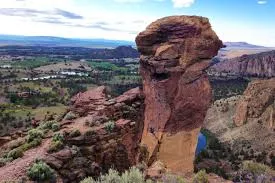
A Climber’s Challenge
Monkey Face is a global climbing icon, famed for routes like Just Do It (5.14c), a grueling test for elite climbers, and the Pioneer Route (5.7 A0), a more accessible multi-pitch climb with a thrilling step across “Panic Point” and a 190-foot rappel from the summit. The rock’s overhangs and “mouth” cave create daring paths, including a Tyrolean traverse for slackliners to a nearby outcrop. With routes from 5.7 to 5.15, it’s a magnet for adventurers, though raptor nesting closures from January to August can limit access.
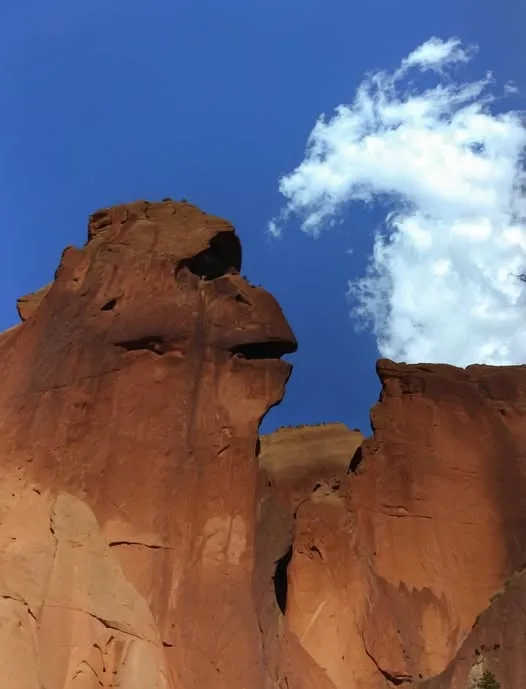
Trails to the Monkey
Hikers flock to see Monkey Face via the park’s trails. The Misery Ridge Trail (3.7 miles, 1,500 feet elevation gain) loops steeply past the spire, offering jaw-dropping views of the Crooked River and Cascade Mountains. The gentler River Trail (2.5 miles, mostly flat) skirts the riverbank for close-up looks at climbers scaling the rock. For a bigger adventure, the Summit Loop (7.5 miles, 1,664 feet elevation gain) circles the park, showcasing Monkey Face amid volcanic cliffs. Trails can be rocky, with exposed sections like Asterisk Pass requiring caution, and summer heat demands water and preparation.

A Desert Icon
More than a geological wonder, Monkey Face captures the spirit of Smith Rock, known as the birthplace of American sport climbing. Its primal profile, framed by sagebrush and distant peaks, has starred in media and earned a spot as one of Oregon’s “7 Wonders.” Hikers might glimpse eagles or deer, adding to the park’s wild allure. Whether scaled by climbers or admired from a trail, Monkey Face stands as a timeless symbol of nature’s raw power and human tenacity in Oregon’s desert heart.


